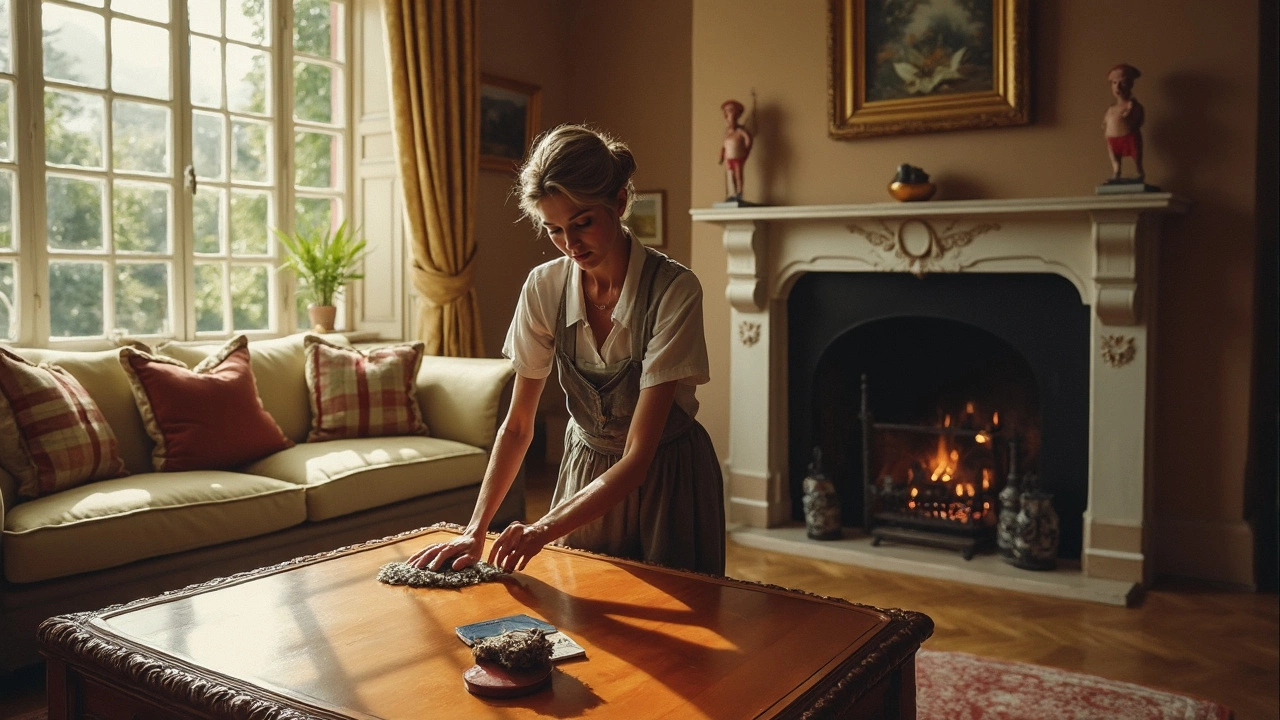Self‑Employed Cleaner: How to Start, Grow, and Thrive
Thinking about cleaning for yourself instead of joining a company? You’re not alone. Many people turn to cleaning because it needs low start‑up costs, offers flexible hours, and can bring a solid income when done right. This guide walks you through the real steps you need to take, from buying the right tools to landing repeat clients.
Essential Gear and Supplies
The first thing you need is basic equipment that works on any job. A sturdy vacuum, microfiber cloths, a mop bucket, and a set of eco‑friendly cleaners cover most residential and small commercial tasks. Invest in a good quality mop‑head and a set of scrub brushes – they last longer and save you money in the long run. Don’t forget safety gear like gloves and goggles; they protect you and look professional when you show up in a clean uniform.
When you buy products, focus on multi‑purpose cleaners that remove grime, grease, and stains without harsh chemicals. This not only keeps your clients’ homes safe but also lets you market yourself as an environmentally conscious cleaner – a selling point that many homeowners appreciate.
Winning Clients and Building Reputation
Getting your first gig is usually the hardest part. Start by offering discounted or free cleanings for friends, family, or neighbours in exchange for honest reviews. Post those reviews on local Facebook groups, Nextdoor, or a simple website. Word‑of‑mouth spreads fast when people see real before‑and‑after photos.
Pricing matters too. Research what other cleaners charge in your area and set a competitive rate that still covers your time, travel, and supplies. A common rule is to charge per hour for smaller jobs and per square foot for larger spaces. Be clear on what’s included – vacuuming, dusting, bathroom cleaning – so there are no surprises.
After each job, ask the client for feedback. A quick text or email asking "Did you enjoy the service? Anything we can improve?" shows you care and helps you fine‑tune your process. Happy clients often become repeat customers and refer you to others.
As your schedule fills, think about scaling. You can hire another cleaner and split the workload, or offer add‑on services like deep‑cleaning carpets, upholstery, or window washing. Those extra services boost your earnings without needing a huge investment.
Running your own cleaning business also means handling admin. Keep track of appointments in a simple calendar app, set reminders for invoices, and save receipts for tax deductions. Treat the paperwork like a part of the job – it keeps cash flow smooth and avoids surprises at the end of the year.
Finally, stay updated on cleaning trends. Re‑search eco‑friendly products, watch short videos on new techniques, and read blogs about the industry. The more you know, the more confidence you’ll have when talking to potential clients.
Starting as a self‑employed cleaner is within reach if you follow these steps, stay consistent, and treat each job as a chance to build a reputation. With the right gear, clear pricing, and a focus on customer satisfaction, you can turn a simple cleaning job into a thriving business.

Do You Tip a Cleaning Lady Who Works for Herself?
Tipping a cleaning lady who runs her own business can be a tricky decision. Should you tip them like you would in a service industry or is the fee enough? This article dives into the etiquette of tipping a cleaner who works independently, explores reasons to tip, and gives practical advice on when it might be appropriate. Whether you're moving out and need a spotless new start or just curious about common practices, get clarity on navigating this often fuzzy social norm.
Read More